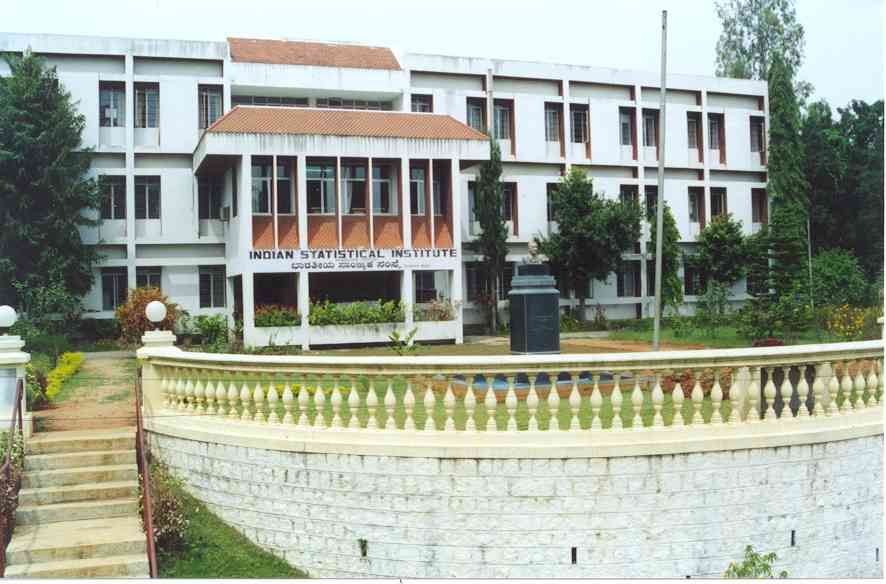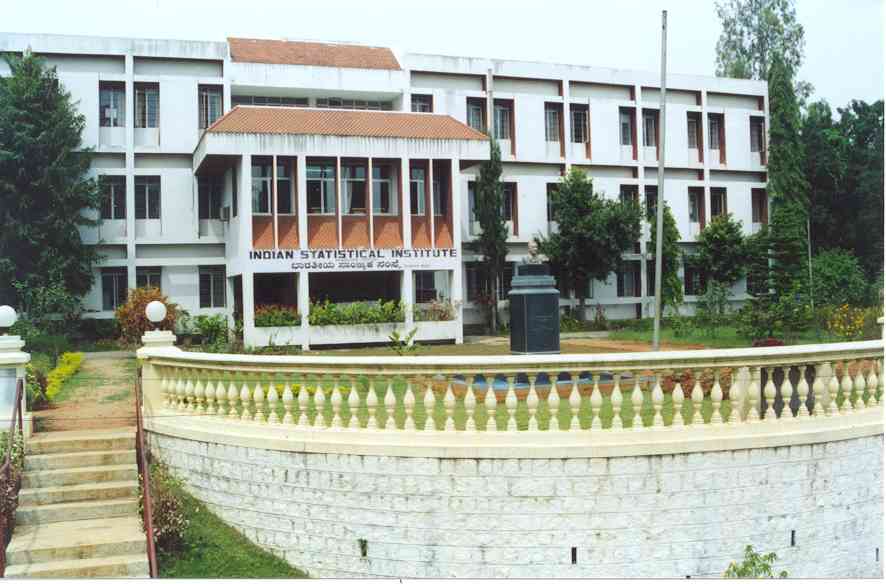 |
 |
Bangalore Probability Seminar 2011
Venue: Indian Statistical Institute (auditorium) and Indian Institute of Science (Mathematics dept)
Organizers: Siva Athreya and Manjunath Krishnapur
|

|
|
13 July, IISc, 2:30 PM
|
Clustering, Percolation and directionally convex ordering of point processes.
|
D. Yogeshwaran (Ecole Normale Superieure - INRIA)
|
| |
Heuristics indicate that point processes exhibiting clustering of points have
larger critical radius for the percolation of their continuum percolation
models than spatially homogeneous point processes. I will explain why the dcx ordering
of point processes is suitable to compare their clustering tendencies. Hence, it is tempting to
conjecture that the critical radii is increasing in dcx order. We will prove the conjecture for some non-standard critical radii but however it is false for the standard critical radii. I will discuss the implications of these results.
A powerful implication is that point processes dcx smaller than an homogeneous Poisson point process admit uniformly non-degenerate lower and upper bounds on their critical radii. In fact, all the above results hold under weaker assumptions of ordering of moment measures and void probabilities of the point processes. Examples of point processes comparable to Poisson point processes in this weaker sense include determinantal and permanental point processes with trace-class integral kernels. Perturbed lattices are the most general examples of dcx sub- and super-Poisson point processes. More generally, we show that point processes dcx smaller than a homogeneous Poisson point processes exhibit phase transitions in certain percolation models based on the level-sets of additive shot-noise fields of these point process. Examples of such models are k-percolation and SINR-percolation. This is a joint work with Bartek Blaszczyszyn.
|
|
13 July, IISc, 3:45 PM
|
What does a Point Process Outside a Domain tell us about What's Inside?
|
Subhroshekhar Ghosh (University of California, Berkeley)
|
| |
In a Poisson point process we have independence between disjoint spatial domains, so the locations of the points outside a disk give us no information on the points inside. The story gets a lot more interesting for processes with stronger spatial correlation. In the case of Ginibre ensemble, a process arising from eigenvalues of random matrices, we prove that the outside points determine exactly the number of points inside, and further, we demonstrate that they determine nothing more. In the case of zero ensembles of a Gaussian power series, we prove that the outside points determine exactly the number and the center of mass of the inside points, and nothing further. These phenomena suggest a certain hierarchy of point processes, where a higher order process is rigid with respect to a greater variety perturbations. Poisson, Ginibre and the Gaussian power series fit in at levels 0, 1 and 2 in this hierarchy.
|
|
30 June, IISc, 4:00 PM
|
Two Species Semipermeable Exclusion Processes
|
Arvind Ayyer (University of California, Davis)
|
| |
In joint work with E. R. Speer and J. L. Lebowitz,
we consider two-species variants of the
totally asymmetric simple exclusion process (TASEP)
on a finite one-dimensional lattice. Introducing one more
class of particle is not as arbitrary as it may seem at first bite:
Second-class particles were discovered to be very useful
in understanding the behaviour of shock profiles in the single
species TASEP. Most of the time will be spent discussing
an "integrable" variant in which second-class particles are not
allowed to leave. Time permitting, we will consider other
variants which permit exact analysis.
|
|

